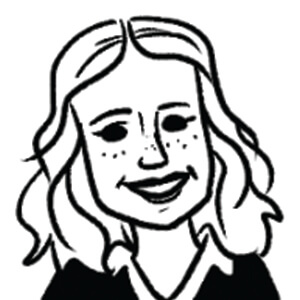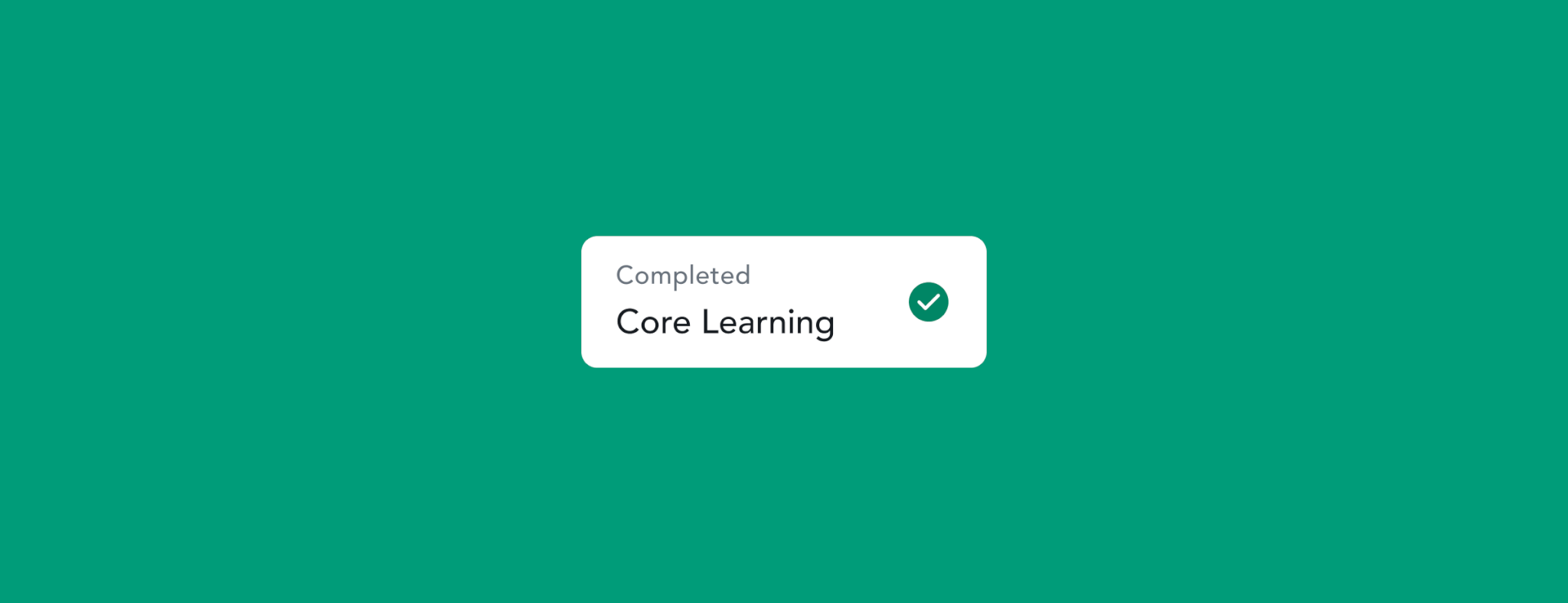When you think of compliance training, what comes to mind? Long videos? Boring slides? A “check-the-box” mentality? For employees and compliance officers alike, traditional compliance training feels generic, outdated, and uninspired.
But what if it didn’t have to be that way?
At Compliance Week, Roxanne Petraeus, our CEO, and Darryl Cyphers Jr., Senior Director of Legal Compliance at Klaviyo, sat down to talk about how Klaviyo took a fresh, employee-centric approach to compliance — one that’s thoughtful, specific, and actually effective.
About Klaviyo

Klaviyo is a leading marketing automation platform that empowers businesses to deliver personalized experiences through email, SMS, and other owned channels. Designed for e-commerce brands and online retailers, Klaviyo helps companies grow by making it easy to build targeted campaigns, segment audiences, and analyze performance — all powered by real-time customer data.
Darryl joined Klaviyo in October 2021 as Director of Legal Compliance, and was recently promoted to Sr. Director. Previously, he worked in Risk Management at Google and Integrity & Compliance at Snap.
The problem: compliance training that doesn't reflect the company
When Darryl joined Klaviyo, he was the first compliance hire. There wasn’t a code of conduct or a training program in place, so he played it safe by partnering with a legacy training vendor that had been in the business for decades.
The result was a generic, outdated experience that didn’t reflect Klaviyo’s culture:
“Our people are in jeans and t-shirts,” Darryl said. “But the training showed people in suits behind closed doors.” It was clear the content didn’t match the vibe — or the reality — of the company.
The shift: making training relevant and real
After Klaviyo’s IPO and some internal trust building, Darryl saw an opportunity to try something new. He partnered with Ethena to design a code of conduct training experience that would actually resonate with Klaviyo employees.
From incorporating scenes of Boston into the training visuals to customizing policies and examples that reflected Klaviyo’s real-world operations, the goal was simple: make it feel like this training was made uniquely for them.
And it worked.
Getting buy-in: speak to egos (and ethics)
Rolling out an innovative training program is one thing. Getting leadership on board is another. Darryl’s approach? Get executives involved directly.
“I wrote the scripts, scheduled the time, and had our C-suite appear in the videos,” he explained. “Every new employee now sees our CEO talking about integrity. That’s the tone from the top.”
Not only did it drive home the message, but it also gave leaders a stake in the program’s success.
Scaling the strategy: Personalization without the headache
Of course, not every compliance team has endless resources. That’s why Ethena’s tech-enabled training model was key. It allowed for customization — adding policies, tailoring messages, even inserting real scenarios from Klaviyo’s history — without needing a design team or months of work.
When Klaviyo needed to quickly roll out training around “side agreements,” Ethena helped customize and launch a targeted module in just two weeks.
Beyond annual training: moments that matter
Compliance isn’t just once a year. Klaviyo reinforces its ethics program throughout the year with “Ethics Week,” custom newsletters, Slack campaigns, and “moment-based” training timed around big events (like a sales kickoff or end-of-quarter push).
This ongoing communication helps shift the mindset from “training as a burden” to “compliance as culture.”
The results: more trust, more speaking up
Klaviyo uses a mix of data points to track effectiveness: how often policies are accessed, SpeakUp line activity, and employee sentiment post-training. “We’re seeing employees more willing to come forward, even if it's just anonymously,” Darryl shared. “And leadership sees that we’re building a culture of integrity.”
One standout stat: employees who went through Ethena’s training were 56% more likely to feel comfortable approaching Legal & Compliance.
The bottom line
Great compliance programs aren’t just about minimizing risk. They’re about building trust, empowering employees, and creating a workplace where doing the right thing is the norm.
Darryl summed it up best: “Our employees are our clients. If the training doesn’t speak to them, it’s not doing its job.”









